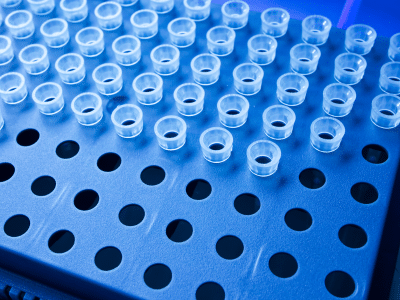Maintenance and metrology of micropipettes: keys to precision in the laboratory
In scientific research, precision and reliability are crucial. The slightest variation in experimental results can have a significant impact. That’s why the maintenance and metrology of micropipettes, those precious laboratory tools, are essential elements in guaranteeing data quality. In this article, we delve into the heart of these vital practices, outlining practical tips and innovative methods.
Practical tips for micropipette maintenance and metrology
Technical training : the fundamental step
The foundation of precise micropipette operation is a solid technical training. Ensure that users are well-versed in correct pipetting techniques. This includes how to handle micropipettes, prevent cross-contamination, and master liquid volumes. In our previous article on best pipetting practices, we emphasized these crucial aspects.
Regular calibration : guaranteeing precision
Regular calibration of micropipettes is imperative to ensure their accuracy. Currently, the reference method for micropipette calibration is gravimetry. This method involves measuring the weight of liquid dispensed by the micropipette. However, other methods, such as the ratiometric photometric method, are also available.
Preventive maintenance : key to reliability
Preventive maintenance is another cornerstone of precision in the laboratory. Establish a preventive maintenance program to identify and rectify issues before they become serious. This includes regular cleaning of micropipettes, replacement of worn seals, and overall instrument condition verification. A well-maintained micropipette is essential for reliable results.
LABELIANS: your trusted partner for micropipette maintenance and metrology
At LABELIANS, we’re committed to providing you with the tools and knowledge you need for effective micropipette maintenance and metrology. With our expertise and innovative solutions, we are your trusted partner to ensure quality and reliability in your laboratories.




